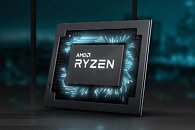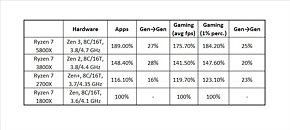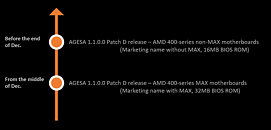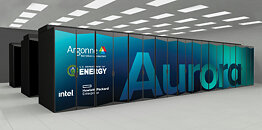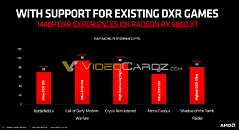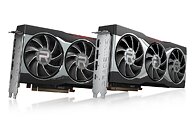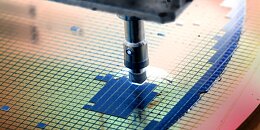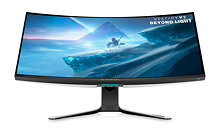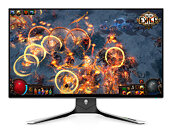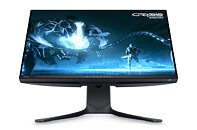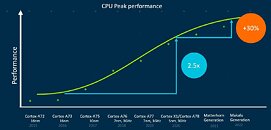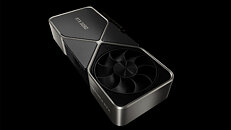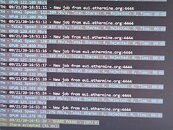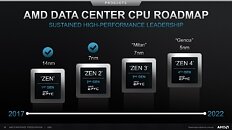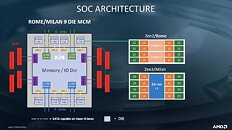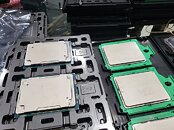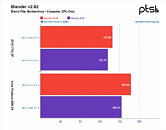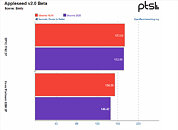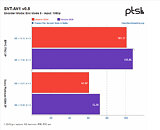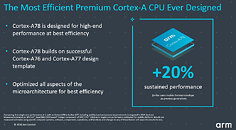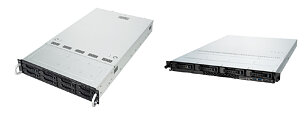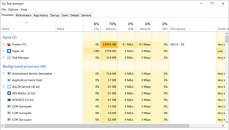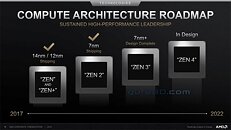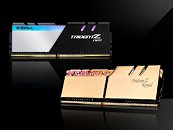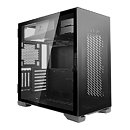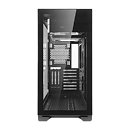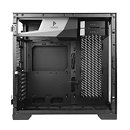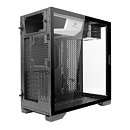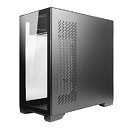
The Ultimate Zen: AMD's Zen 3 Achieves 89% Higher Performance Than First-generation Zen
An investigative, generation-upon-generation review from golem.de paints an extremely impressive picture for AMD's efforts in iterating upon their original Zen architecture. While the first generation Zen achieved a sorely needed inflection point in the red team's efforts against arch-rival Intel and its stranglehold in the high-performance CPU market, AMD couldn't lose its vision on generational performance improvements on pain of being steamrolled (pun intended) by the blue giant's sheer scale and engineering prowess. However, perhaps this is one of those showcases of "small is nimble", and we're now watching Intel slowly changing its posture, crushed under its own weight, so as to offer actual competition to AMD's latest iteration of the Zen microarchitecture.
The golem.de review compares AMD's Zen, Zen+, Zen 2 and Zen 3 architectures, represented by the Ryzen 7 1800X, Ryzen 7 2700X, Ryzen 7 3800X and Ryzen 7 5800X CPUs. Through it, we see a generational performance increase that mostly exceeds the 20% performance points across every iteration of Zen when it comes to both gaming and general computing workloads. This generational improvement hits its (nowadays) most expressive result in that AMD's Ryzen 7 5800X manages to deliver 89% higher general computing, and 84% higher gaming performance than the company's Zen-based Ryzen 7 1800X. And this, of course, ignoring performance/watt improvements that turn the blue giant green with envy.
The golem.de review compares AMD's Zen, Zen+, Zen 2 and Zen 3 architectures, represented by the Ryzen 7 1800X, Ryzen 7 2700X, Ryzen 7 3800X and Ryzen 7 5800X CPUs. Through it, we see a generational performance increase that mostly exceeds the 20% performance points across every iteration of Zen when it comes to both gaming and general computing workloads. This generational improvement hits its (nowadays) most expressive result in that AMD's Ryzen 7 5800X manages to deliver 89% higher general computing, and 84% higher gaming performance than the company's Zen-based Ryzen 7 1800X. And this, of course, ignoring performance/watt improvements that turn the blue giant green with envy.
